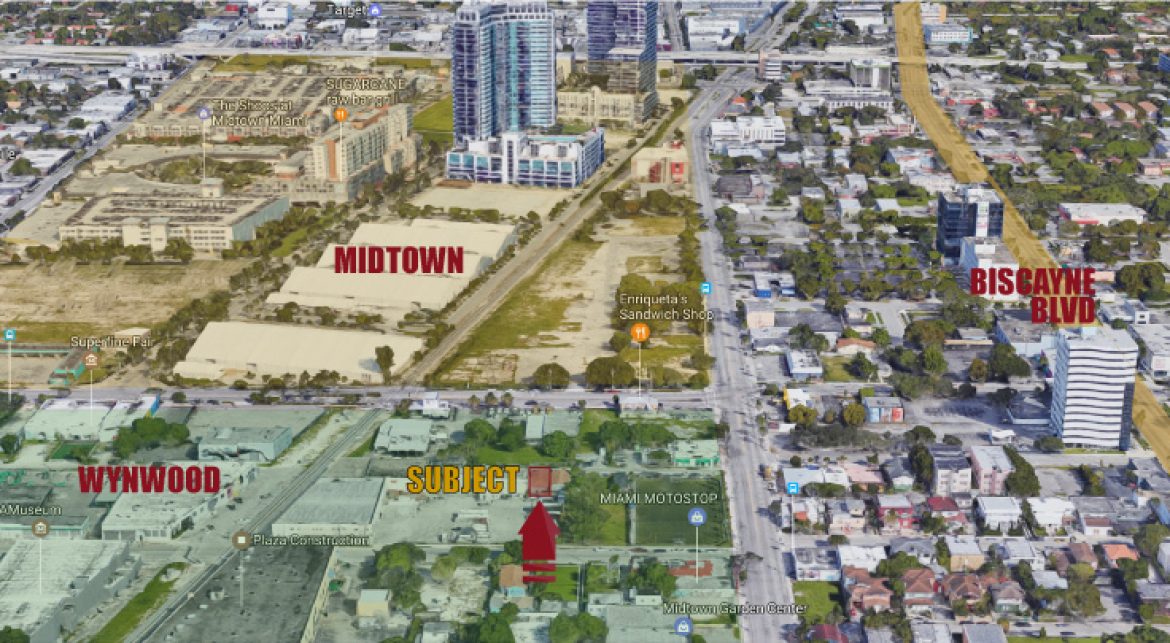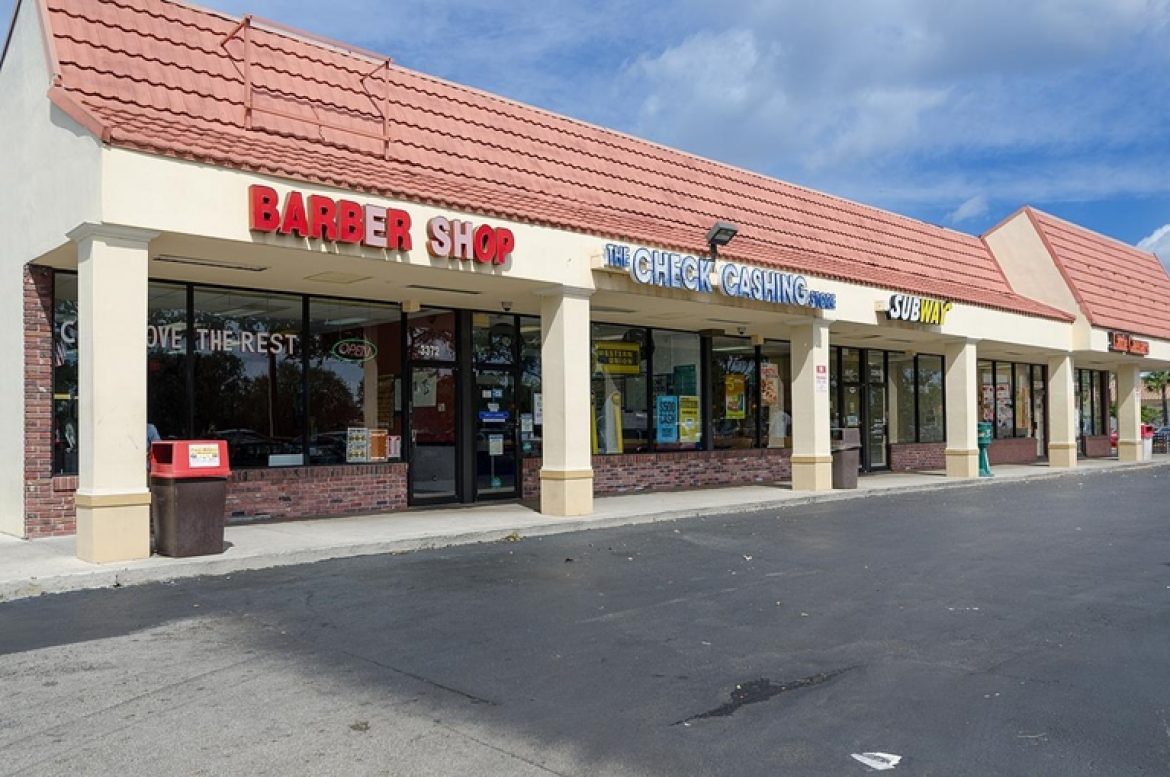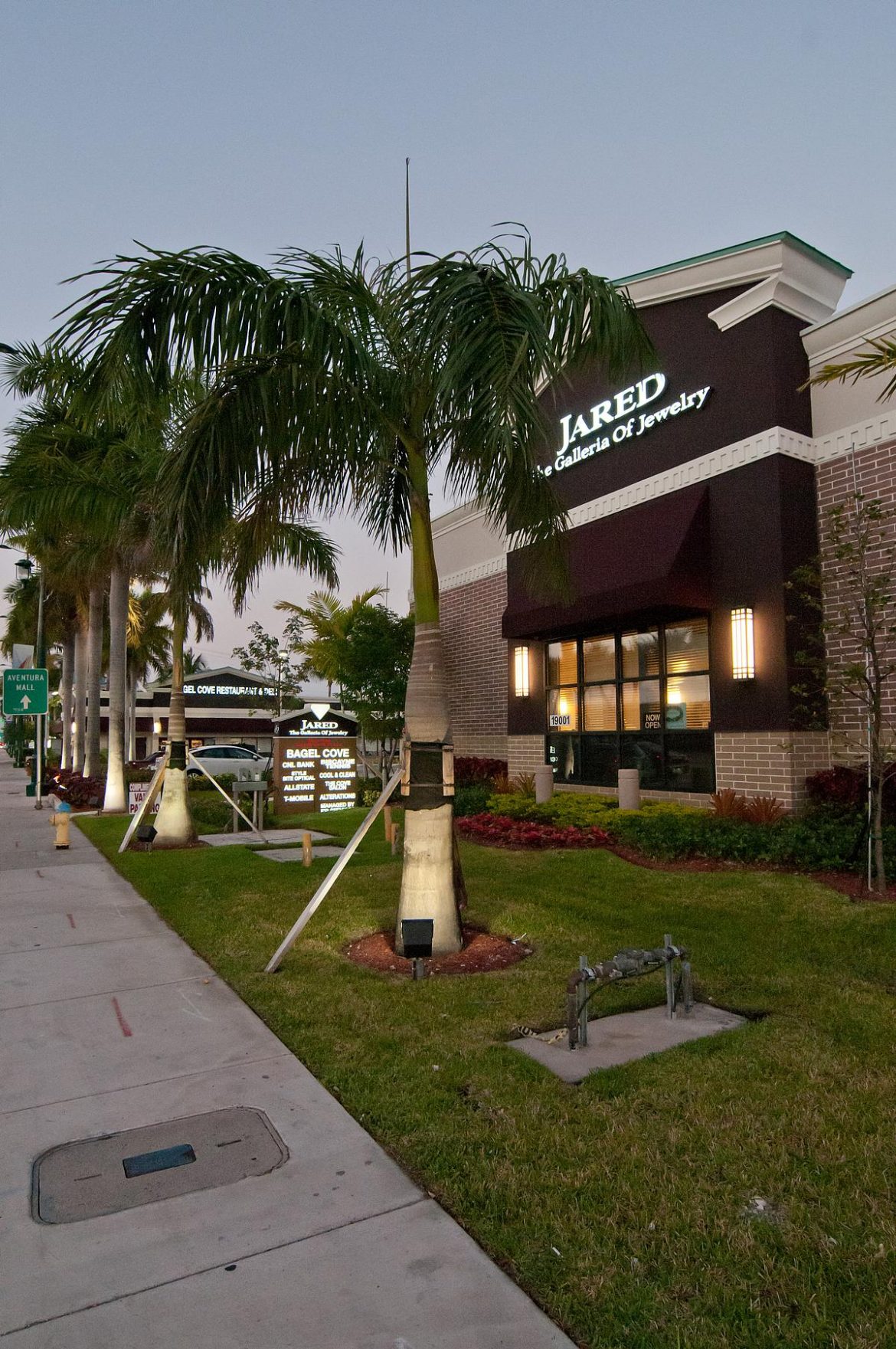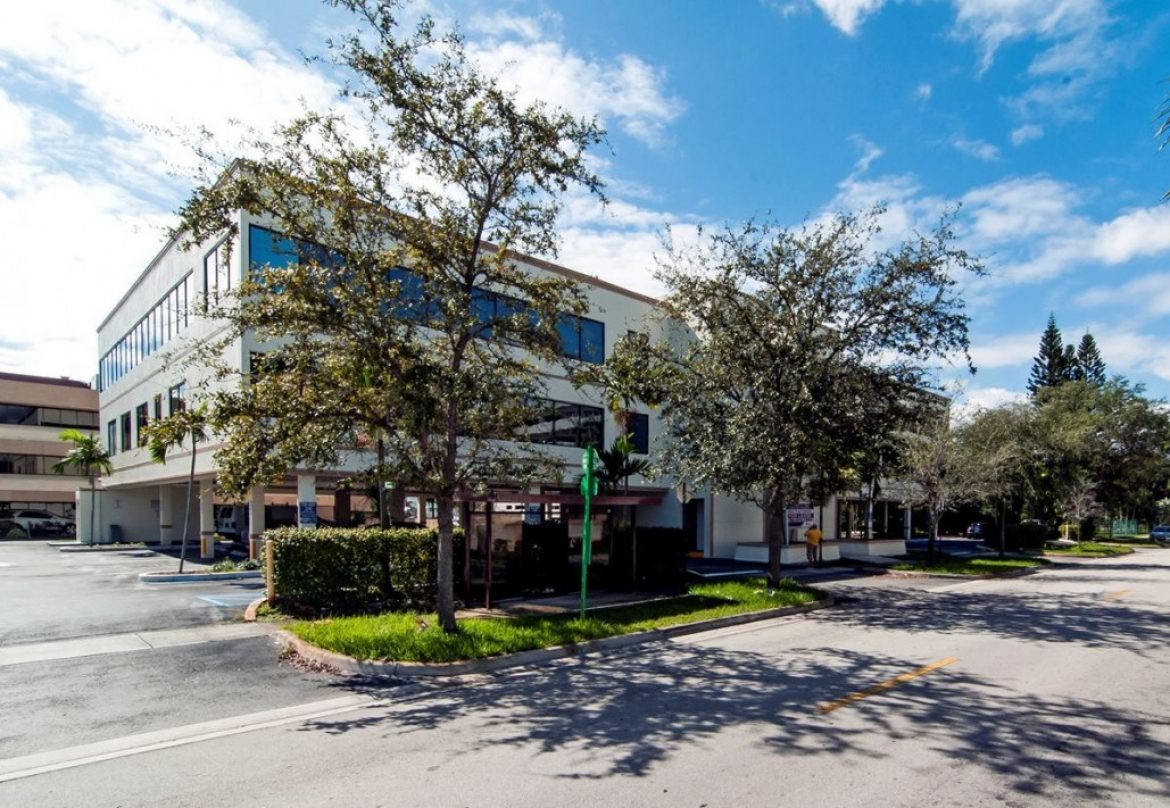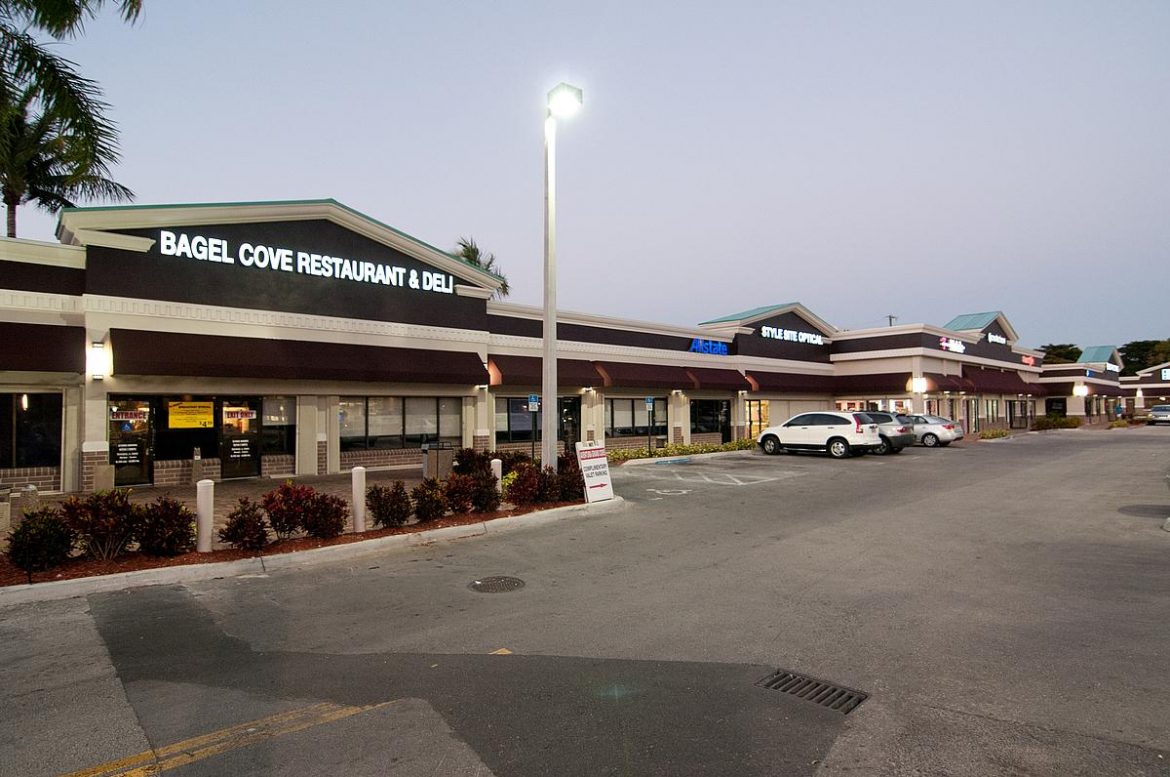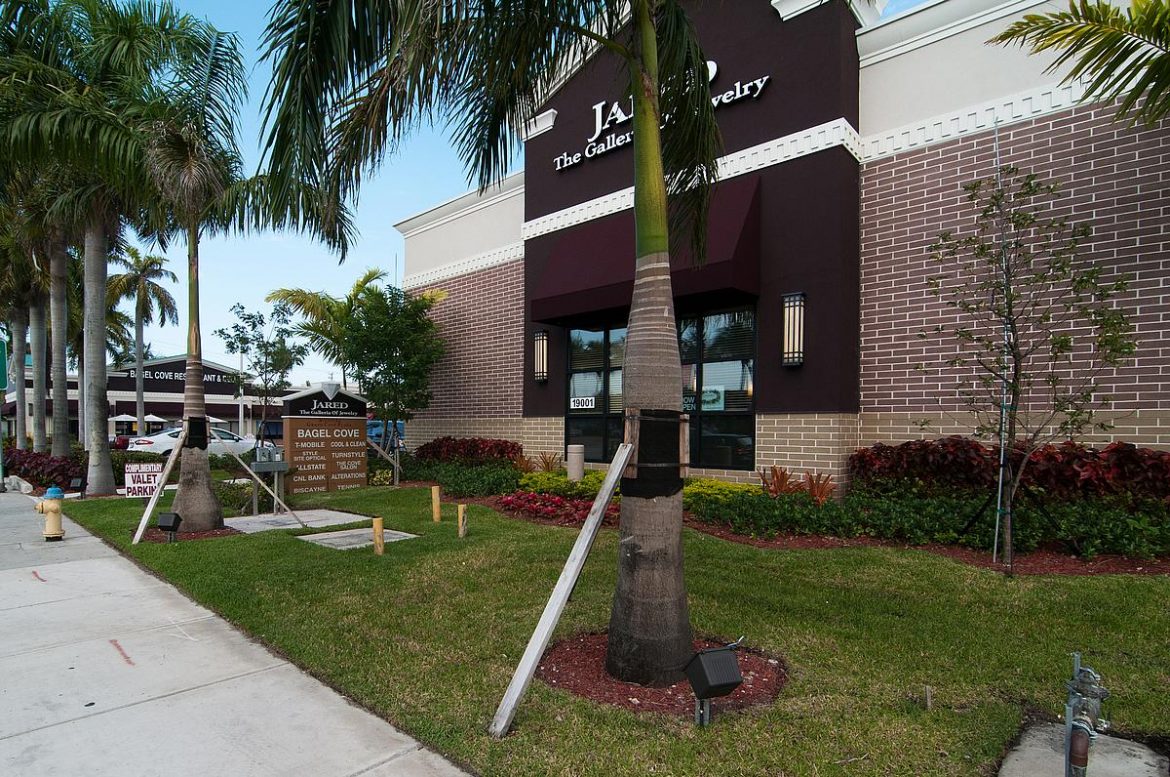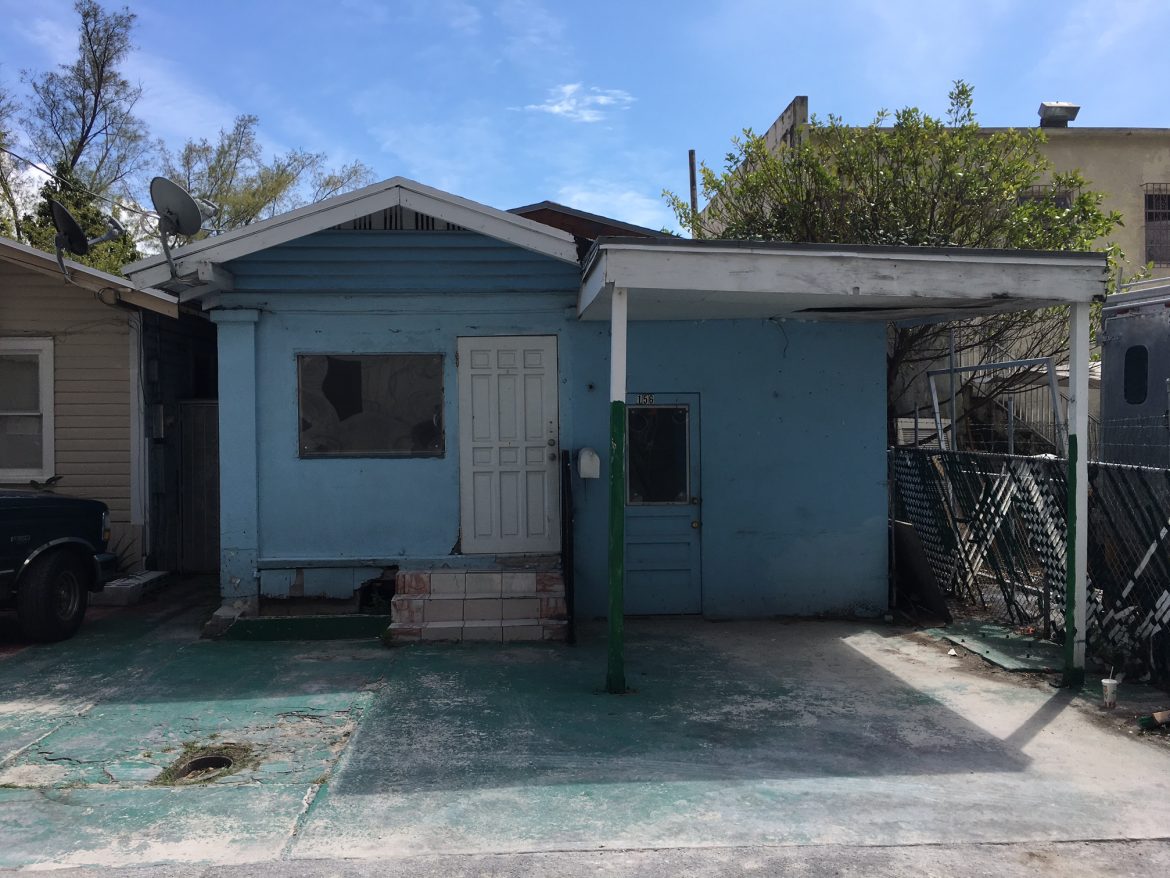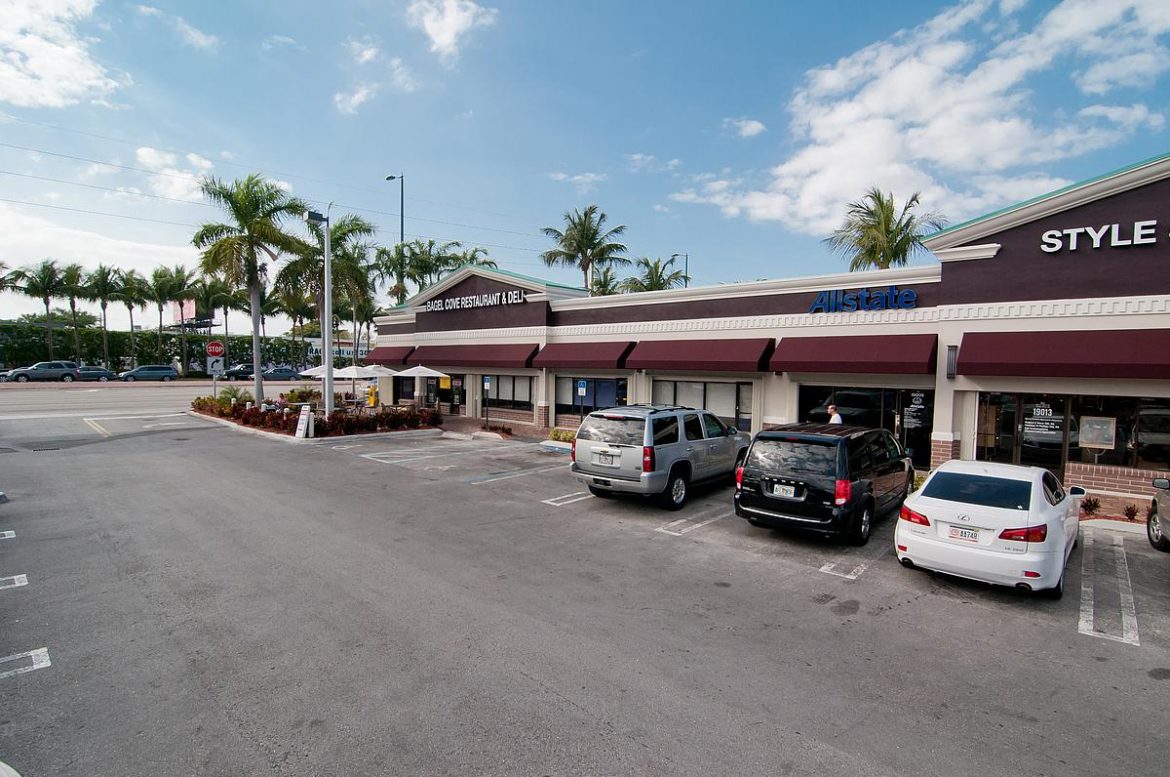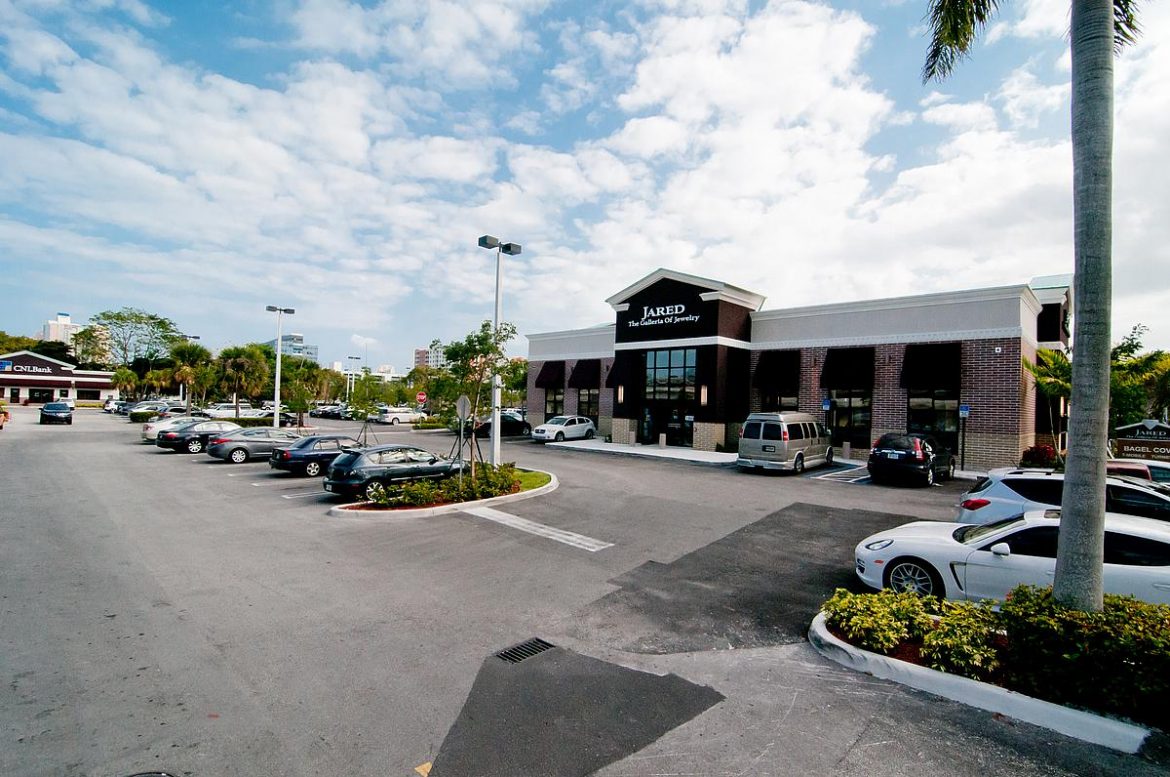Radically transforming commercial real estate, new technology — much of it in the form of convenient, user-friendly apps — is being adopted by property owners wishing to remain relevant and competitive. Landlords who want to work smarter, protect their properties, and attract and retain tenants, do well to become acquainted with future-forward technology redefining property management and tenant relations.
While numerous contenders may vie for attention, the following are tried-and-tested options being used in many commercial spaces throughout Miami.
One of the original ground-breaking companies in the industry, Kastle Systems, established more than five decades ago, provides an integrated platform of cutting-edge solutions, delivering both excellent consumer experiences and landlord peace-of-mind. Tenants can conveniently open or unlock property doors with their smartphones, doing away with the need to carry cardkeys or fobs, while allowing landlords to entrust the task of making their space safer to a dedicated team.
On call 24/7, they provide video surveillance, visitor and identity management tools, and monitors alarms, security reports, repairs and more. CUBE WYNWD, a RedSky Capital office project, relies on Kastle Systems to provide top security and access for its tenants. Additional disruptors in the security systems space include Kisi and Openpath.
Another provider of advanced technology that has become invaluable for landlords seeking to better understand real space needs and save costs — Mapiq tracks activity within your office space and building common areas in a single dashboard. A heatmap reveals how people are concentrated throughout the building or a space.
The data, collected in the analytics dashboard provides quantified statistics over time, enabling confident, strategic decisions. For employees, this cloud-based solution facilitates finding available desks and meeting rooms and other employees. With Mapiq, landlords, tenants and employees access tools which effectively position them to have control over their environment.
Additional solutions include Jabra, TrueView Heatmap by Mirame.net and several others that are in development phases.
A third resource — award-winning HqO, connects tenants to their community, facilitates commerce, and provides content, among other features. This app provides the means to maximize positive tenant experiences and strengthens the tenant-landlord relationship.
HqO enables tenants to pay for the amenities and services offered throughout the building; be apprised of events taking place on or near the property, and receive timely notifications, while also providing messaging and concierge services. It can also be used to control the environment in the building, including opening doors and accessing common areas. HqO brings a wealth of information and a smart tool for communication which tenants can access by simply picking up their smartphones.
Other apps that focus on the tenant experience include Comfy, Bixby and SkyRise, and many traditional property management platforms are also launching similar tools.
Yet another innovative option is Motionloft, developed by a leader in artificial intelligence and computer vision, it is rapidly gaining in popularity. Utilizing wireless sensors, Motionloft gathers real-time vehicle and pedestrian data, enabling developers to gauge foot traffic and attract retailers accordingly. Currently, Goldman properties in Wynwood utilizes this solution, allowing them to gauge traffic throughout their retail and dining spaces..
A fifth tool, Kepler Analytics is designed to decrease operating costs and enhance customer satisfaction. Kepler analytics measures sales in stores outfitted with sensors which allows it to monitor individual stores to entire regions — forecasting which stores will meet daily targets and which might need a little attention. It also controls access.
RetailNext, ShopperTrack and Aislelabs are also similar tools being leveraged in the retail sector.
Commercial real estate landlords who expand their offerings to include mobile platforms and future-forward technology are amplifying their competitive edge, facilitating how they market their properties, and securing tenants and their properties. Using one’s phone to book a conference room, pay rent, learn about an upcoming event, access building areas, and much more, is a convenience tenants will soon come to expect.
Savvy landlords will do well to stay at the forefront of the technology curb as this technology becomes more ubiquitous and helps to shape the future of commercial real estate.
Source: Miami Herald
